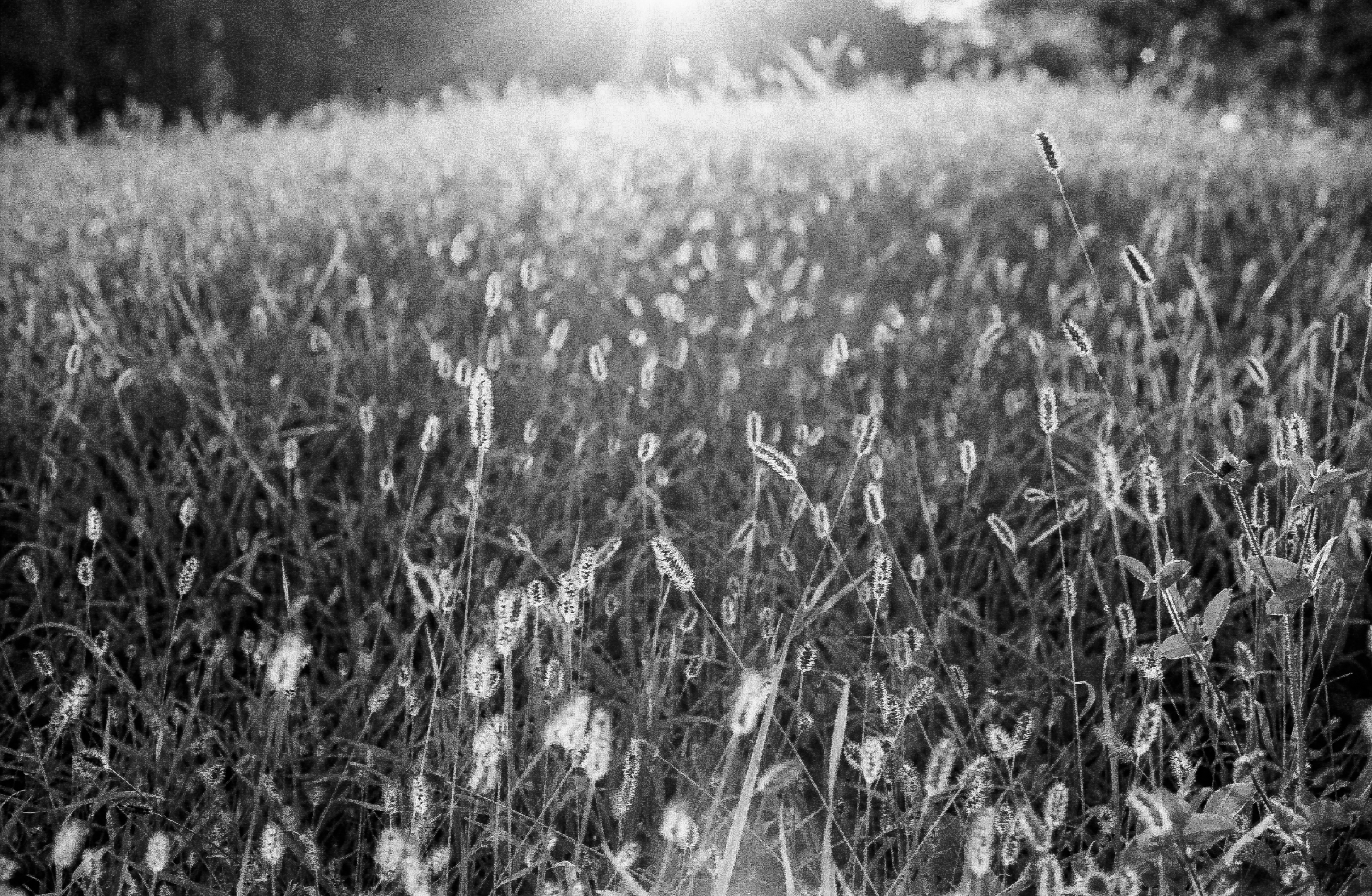Author: Rachel Chou
-
Place Work by Students in Environmental History
Professor Andrew Stuhl of the Environmental Studies Program asked his students to complete a Place Paper in his American Environmental History course. The assignment they completed was called a “Place Paper,” wherein they selected a place of importance to them and narrated its environmental history. The three papers here concern the town of Shamokin; the…
-

Coal Region Landscapes Field Trip
On October 3rd, the Place Studies Program co-sponsored a field trip led by Professor Ben Marsh through the hard coal mining region immediately southeast of Bucknell University. The field trip was a compilation of class and professional field trips that have been run over the years, and was also sponsored by the Environmental Studies Program…
-

Mother Kaupas Center Updates: Summer Projects 2015
Jennifer Silva and Jesse Scheimreif’s Research Project This summer, Professor Jennifer Silva worked with her research assistant Jesse Scheimreif ’16 on a study concerning identity and community in the coal region. They were interested in engaging with the local community by interviewing older residents about how the community has evolved over the years. They also…